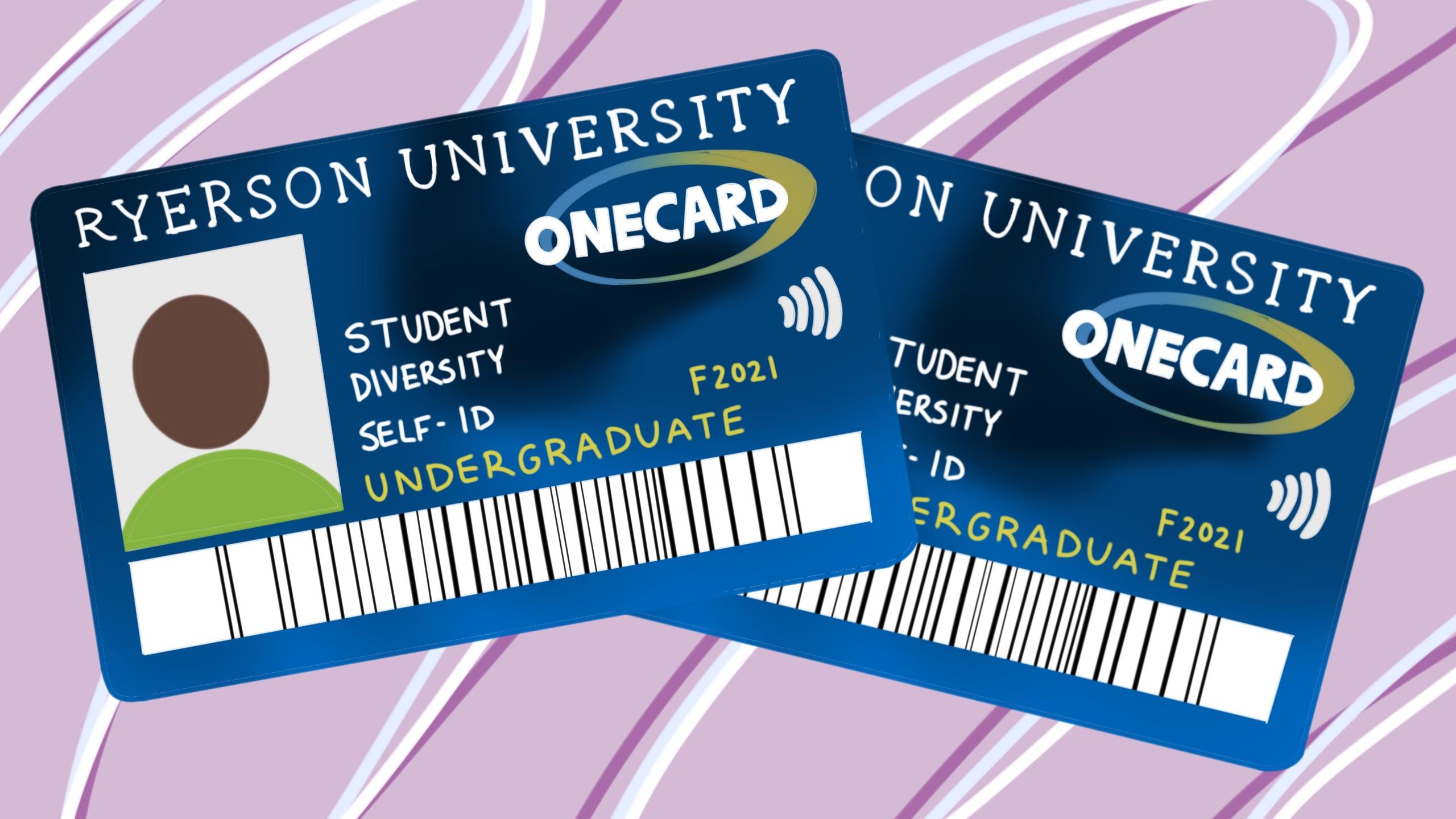By Alexandra Holyk and Charlize Alcaraz
Ryerson’s first-ever student diversity self-ID report, released on April 7, revealed the representation of equity-seeking groups is not evenly distributed across all programs.
The report uses a grading system to determine the diversity of students in each of its programs based on data collected during the 2018-19 academic year.
Groups taken into consideration include students that identify as women, racialized students, students with disabilities and 2SLGBTQ+ students. Aboriginal—not Indigenous—students are also listed, however, it is not clear why the university used this language. The report further includes data from the three largest racialized groups within the student population: South Asian, Chinese and Black students.
According to the report, more than 40,000 undergraduate and graduate students completed the survey, resulting in a 96 per cent response rate.
“The first snapshot sets a baseline to measure our progress in advancing equity, diversity and inclusion at Ryerson,” said Denise O’Neil Green, vice-president, equity and community inclusion. “The report will serve as a tool to understand the systemic barriers to university education that members of equity groups may face.”
According to the report, one of Ryerson’s goals is to “substantially increase the number of students from equity groups in programs where they are underrepresented compared with the community representation.”
The report compares the data collected to that of the populations in the GTA and Ontario, based on a series of surveys and census data collected between 2001 and 2017.
The data from Ryerson and the GTA/Ontario was mostly even, however, by comparison, people with disabilities were noticeably underrepresented. These individuals represent seven per cent of Ryerson’s undergraduate students, but 20 per cent of the GTA/Ontario population.
Student diversity report cards provided each program with a grade based on the representation of each marginalized group in their student enrolment. From these grades, an average program diversity score was calculated as a percentage. An average score is calculated based on the program scores to determine the overall diversity of each faculty.
The social work program received the best diversity score at 86.6 per cent. Both the sport media and civil engineering programs round out as having the lowest diversity score—41.4 per cent.
The Faculty of Engineering and Architectural Science (FEAS) proved to have the lowest diversity score among Ryerson’s faculties, coming in at 54.1 per cent. FEAS had particularly low grades for its representation of Aboriginal students, students with disabilities and students who identify as women.
However, according to Statistics Canada, 43.6 per cent of first-year students enrolled in STEM programs in 2010 identified as women.
Ryerson’s policy studies PhD program received the highest score amongst both the graduate and undergraduate programs at 90.4 per cent. However, the mechanical and industrial engineering PhD program appears to be the least diverse—with a diversity score of just 22.2 per cent.
Though O’Neil Green said she was not surprised about the information reported, she said the lower representation of racialized and Black students in graduate programs stood out to her.
Black representation within Ryerson’s undergraduate student body rounds out to seven per cent, while the overall representation of Black people in the GTA stands at eight per cent. However, Black graduate students have very little representation, at only four per cent.
“Ryerson is increasing its number of graduate-level programs and my hope is that this data will help diversify those programs,” O’Neil Green said. “If we want to increase the diversity of faculty in the academy, having a diverse graduate student population is essential.”
The Eyeopener previously reported that intersectionality needs to be considered when collecting data on the diversity of each program and faculty.
Wendy Cukier, the founder of the Diversity Institute at Ryerson, said different individuals often have combinations of identity factors that play a role in their experience in any institution and that data is important to recognize.
“If all you do is look at women as a category, it may conceal the fact that racialized women or Black women or Indigenous women, or women with disabilities have very different experiences,” she said.
When looking at the next steps, O’Neil Green said the goal is to improve access and inclusion to education rather than improving the diversity score.
“The faculty will identify their specific goals and targets…such as student recruitment and develop outreach strategies to raise awareness about Ryerson’s programs among students from various different equity groups and underrepresented groups,” she said.
Creating more scholarships, bursaries and awards for students from underrepresented groups, as well as the library assisting faculty members in order to identify more inclusive course material, are some ways O’Neil Green said programs could increase access and inclusion in education.
“Our aspirational goal is to have representation of students from underrepresented groups be comparable to the GTA or Ontario representation by 2030,” O’Neil Green said.
The next student self-ID report is expected to be released during the 2022-23 academic year.
With files from Sarah Tomlinson











Leave a Reply